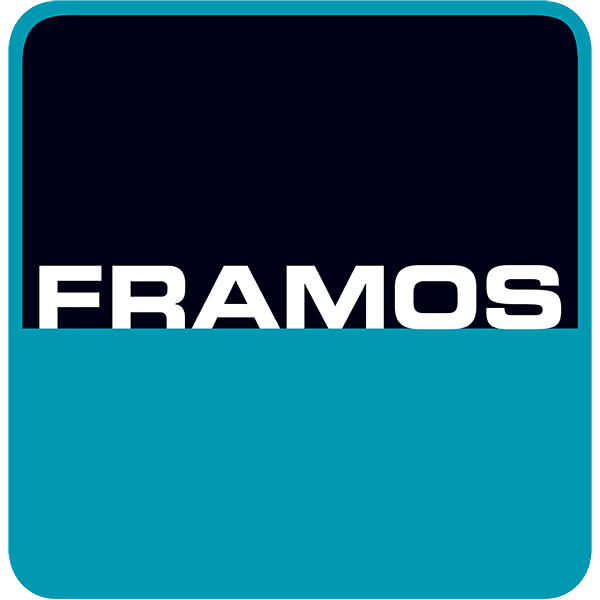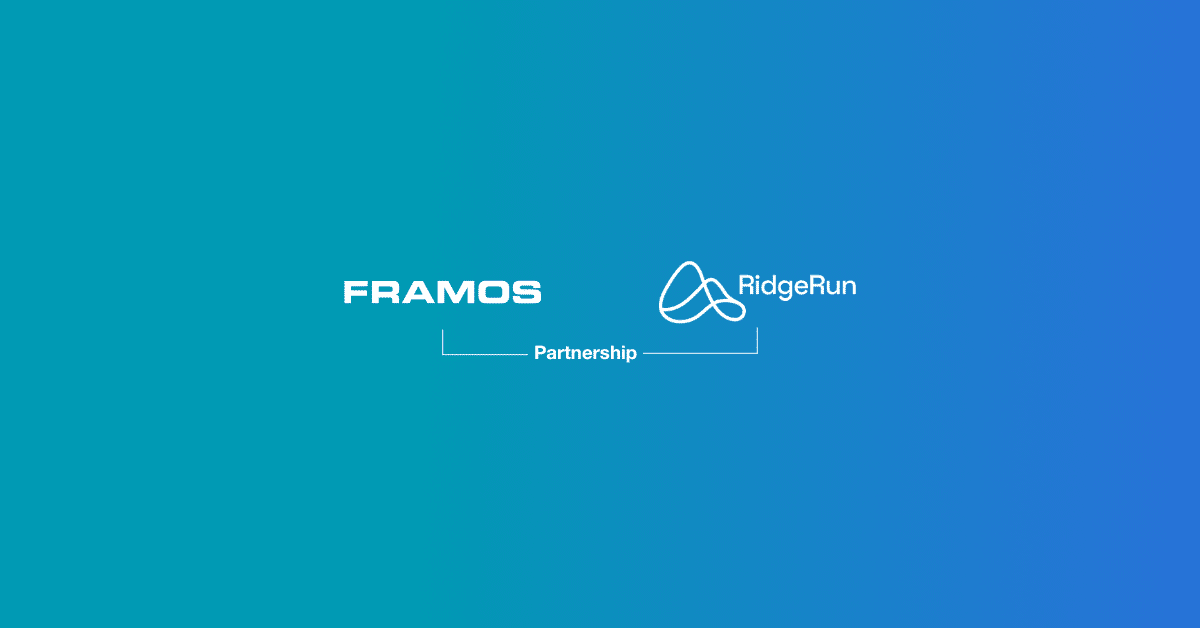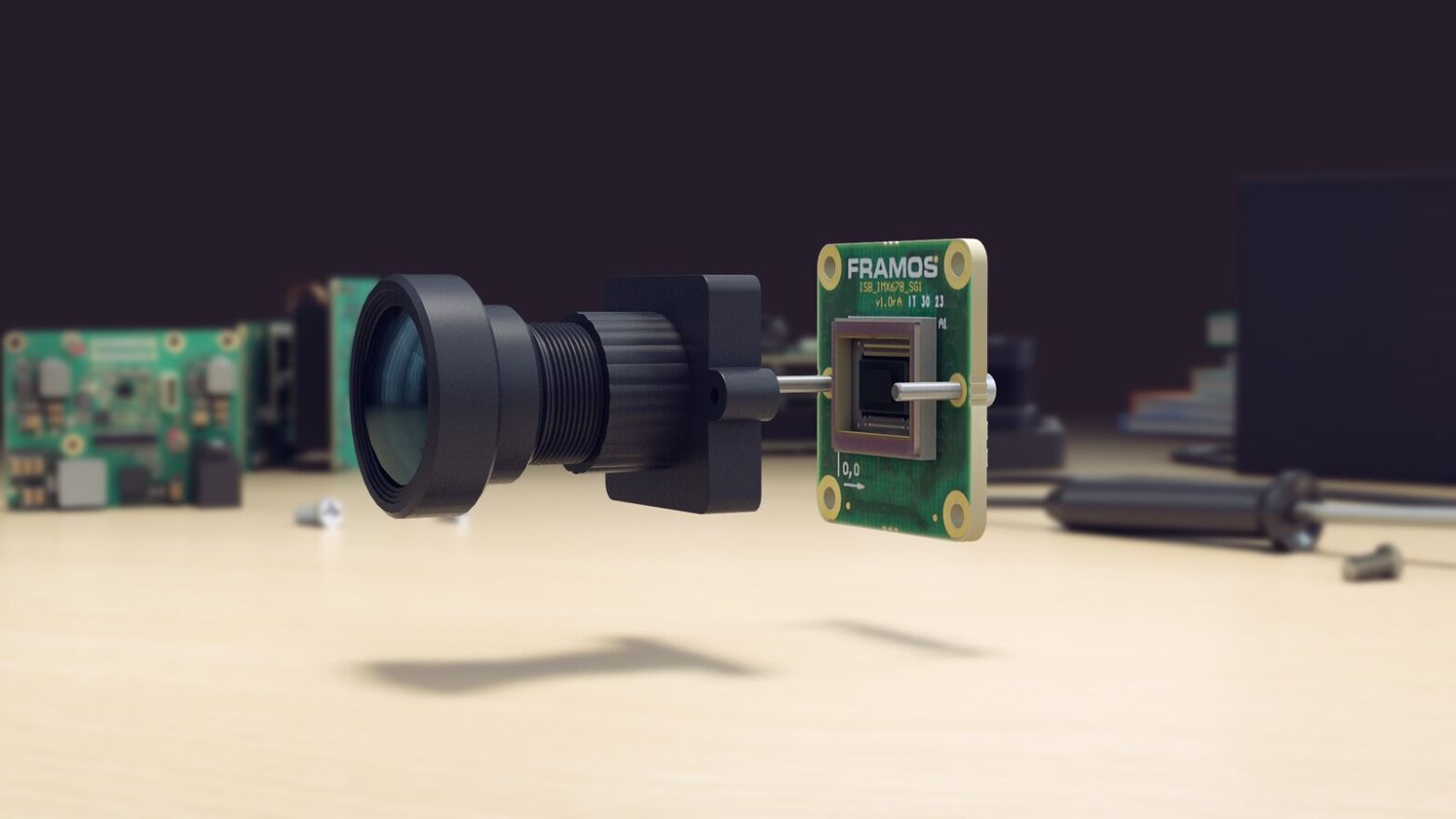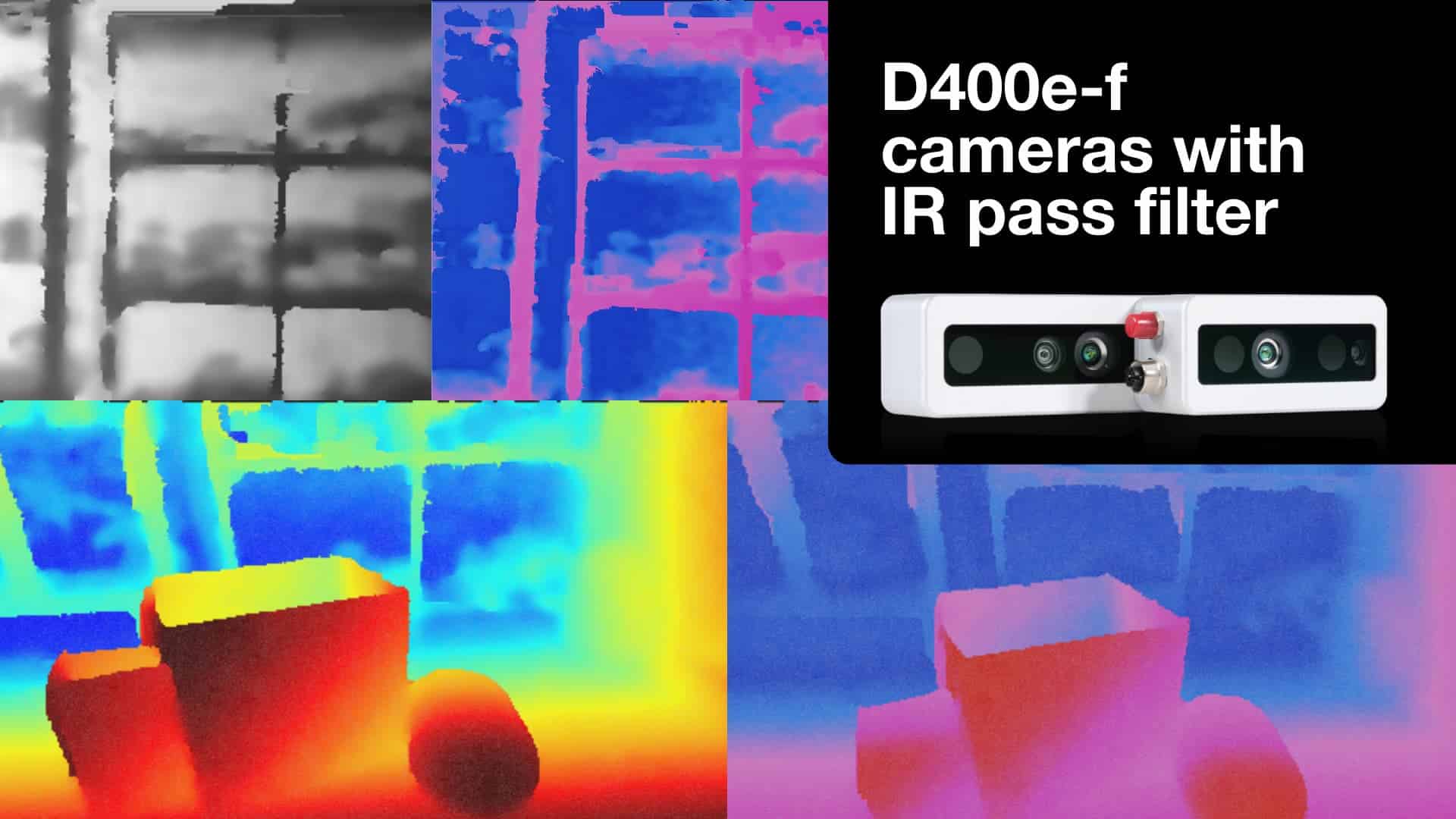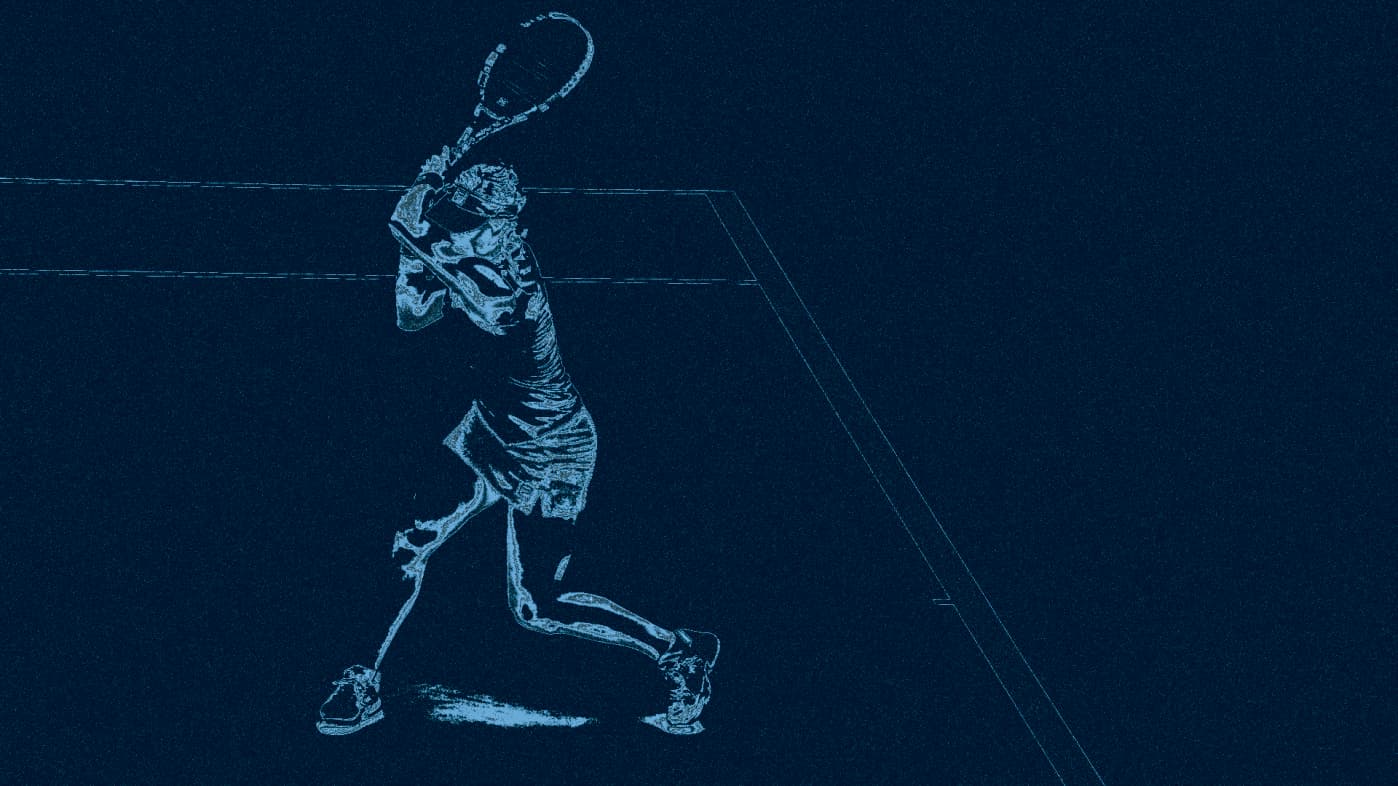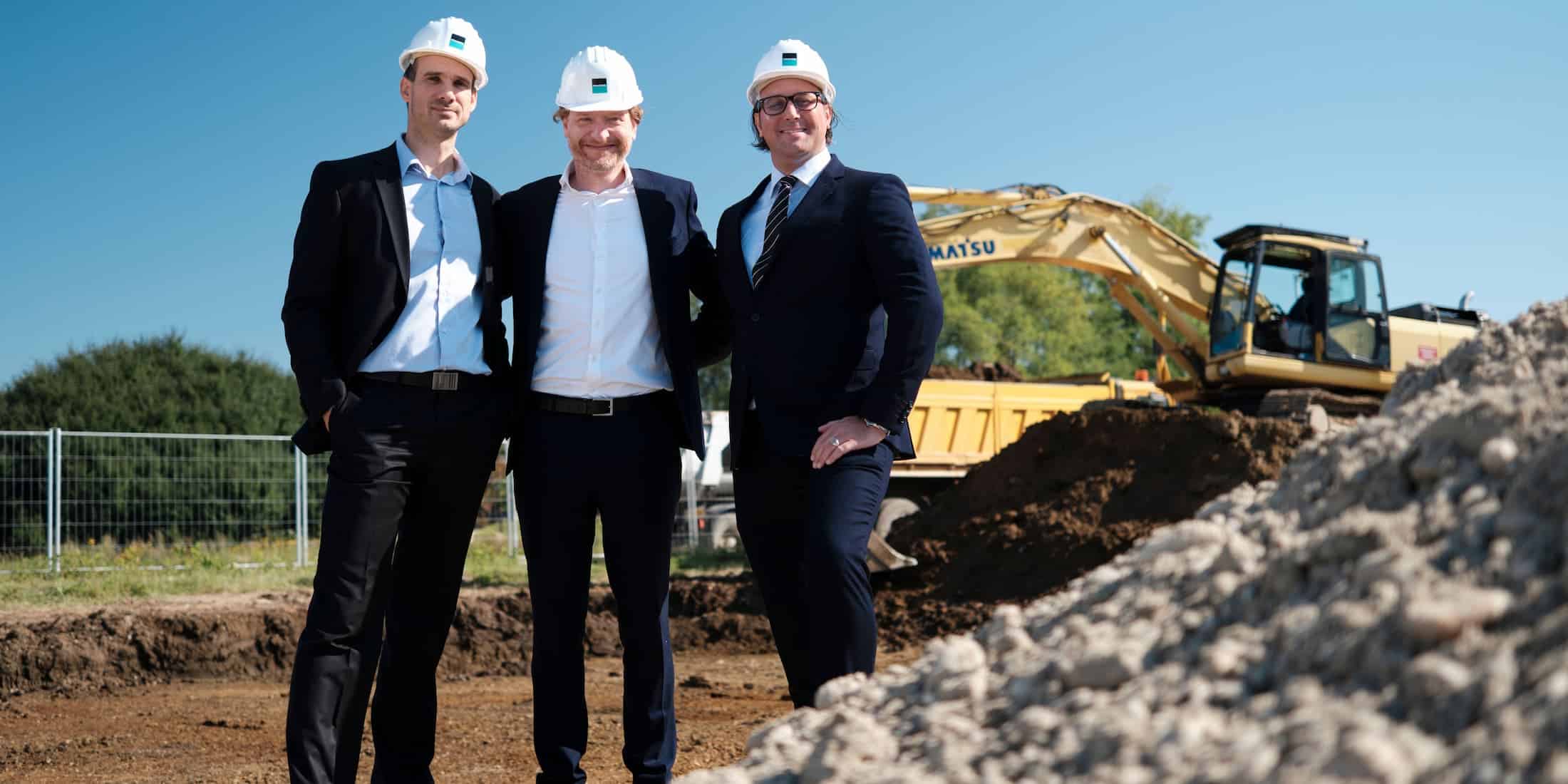Art for the eye, the perception of images – the connection becomes clear when image processing specialist FRAMOS approaches a young artist each year to purchase one of their paintings. On the one hand, the medium-sized company is committed to sponsoring up-and-coming talents. On the other, it is also making a social statement by looking beyond the confines of its technological environment. In an interview, Jungmin Park, whose work was purchased in 2013, presents her painting and her work.
The painting entitled “Red traffic light in front of clouds”, which you presented to FRAMOS today, focuses on a red stop light. What’s it all about?
The colour of the traffic light is actually quite unimportant and doesn’t have any special significance. What is important is that something is happening on the road. In the background, there are two cars, street lamps and thick rain clouds. The most important thing in the picture is the colours. Of course, the red is important to the extent that it catches the eye, gives the picture a focal point and produces tension and harmony in the way the colours interact. And, of course, I want people to recognise that it is a traffic light and a road, in other words a very everyday situation, but one that nevertheless has something aesthetic about it. I don’t only want to paint random abstract forms and colours, but to wrest reality from images that represent an aesthetic enrichment.
The picture is also part of a series. How did you come up with these rain images?
When you drive a car, you concentrate on the traffic, especially when it’s raining. You perceive your environment in a very focussed way, because you’re concentrating on the dangers, on cars that suddenly push their way in front of or behind you, on road signs and those sorts of things. That means you only see a very limited extract from reality. What’s more, everything goes past so quickly when you’re driving that you no longer see an individual picture like this. The rain enhances this impression even further: because it’s flowing down the windscreen, it produces bizarre shapes and romantic colours, which are so short-lived that you can hardly perceive them at all. When I ride in a car as a passenger, I have the advantage of being able to see these mini-excerpts of reality and the shapes and colours they contain.
In other words, snapshots that we otherwise miss?
If you want to put it that way, the speed and rain produce pictures that are very heavily determined by chance, making such images unique. You could simply never reproduce any of them in exactly the same way.
How is a painting like this created?
I’ve been working with water for 10 years, with a material that is constantly changing. A surface is created, which produces a structure. That’s also the case in these rain paintings. In order to see these shapes, I set off in my car in the rain and took a huge number of pictures with my camera. Sometimes I waited until an appealing motif appeared, or switched off the windscreen wipers to see the flowing water better. I use these photos as a template and then paint a picture based on this. I also interpret and modify the colours and shapes. Therefore I don’t paint with a projector, like many other artists who produce realistic paintings, but simply very classically with a rough sketch, from which a picture gradually emerges.
Of course, these kinds of realistic paintings pose the question: why paint a picture when you can take a photograph?
Well, I did take these pictures as photos, which I then use as templates. Naturally, image processing also allows visual effects to be achieved. However, a picture is not two-dimensional like a photo, but is equivalent to a mini-relief. What you see changes depending on whether you’re looking at it from the front or from the side. Painting in oils also allows other visual effects to be created that cannot be produced with photos, such as overlaying layers of paint and how they show through each other. With photos, the view from up close or far away cannot be controlled as effectively either. With painting, this can be used on its own to achieve different levels of abstraction: from nearby it is blocks of colour, from afar it appears almost like a photograph. Another big difference is that a painted picture is produced by hand and is always unique; there are no duplicates of it.
You also dealt with water in your last series. Are you already planning new projects?
Naturally, I’m always on the search for new motifs and ideas. But this topic of rain is still very new, which is why I want to develop it a bit further yet. I’m also thinking about working more with photography as a medium at present.
About the artist
Jungmin Park, who hails from South Korea, arrived in Munich five years ago to embark on a postgraduate course at the Academy of Fine Arts, where she studied under the renowned French photographer and painter Jean-Marc Bustamante. The painting entitled “Red traffic light in front of clouds”, which now forms part of the FRAMOS collection, is one of a series of highly realistic presentations of rainy roads. Jungmin Park’s works have already received multiple awards and been purchased by collectors from Germany and other European countries. www.flachware.de/jungmin-park Vernissage Kolbermoor (YouTube)
Image below (title image): Jungmin Park and Dr. Andreas Franz (CEO)
